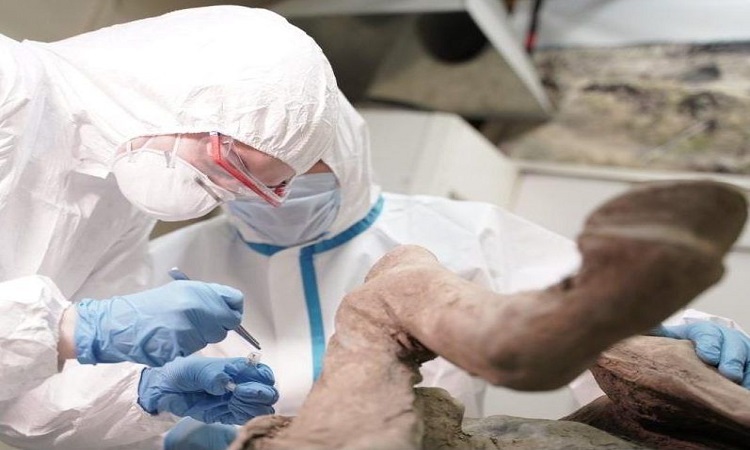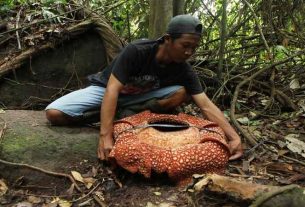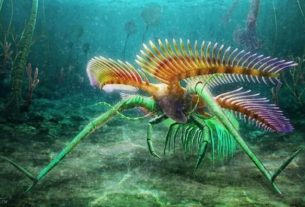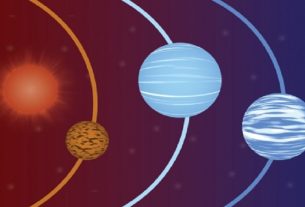Permafrost is ground that remains frozen permanently for at least two consecutive years. It is currently found on nearly 17% of land surfaces But there are fewer and fewer. For several decades, we have indeed observed a degradation of permafrost due to global warming. As a result, researchers expect some of the organic carbon – contained in these soils – to be released into the atmosphere as carbon dioxide or methane. However, these are not the only “threats” that may emerge.
Prehistoric viruses
For several years now, many creatures frozen since the last ice age have indeed been updated again as the Siberian permafrost warms. Mammoths are naturally found, but also remains of wolves, or horses. A few weeks ago Russian media also reported the discovery of a young woolly rhino in Yakutia.
Analyzing these animals could tell us more about the ancient megafauna that once lived in these frozen lands. But that’s not all. All these remains could indeed harbor ancient pathogens that could provide us with valuable information.
Researchers at the Russian state laboratory Vektor, located in the Novosibirsk region (Siberia), are well aware of this. This is why they are starting to research possible paleo-viruses still present in the tissues of these animals.
Remember that this laboratory is one of the two rare facilities in the world to store the smallpox virus. It has also enabled the development of a vaccine against the coronavirus, called EpiVacCorona, authorized since October in Russia.
This work will make it possible “to assess the diversity of ancient microorganisms, whose DNA and RNA could be preserved”, and to “determine the epidemiological potential of currently existing infectious agents”, indicated the heads of the laboratory in a report. communicated.
In collaboration with Yakutsk University, researchers from this laboratory began initial analyzes a few weeks ago, focusing on tissues extracted from a prehistoric horse about 6,500 years old discovered in 2009 in Yakutia ( body visible above).
Eventually, they also plan to study the remains of mammoths, elks, dogs, rodents, hares and other prehistoric animals.




